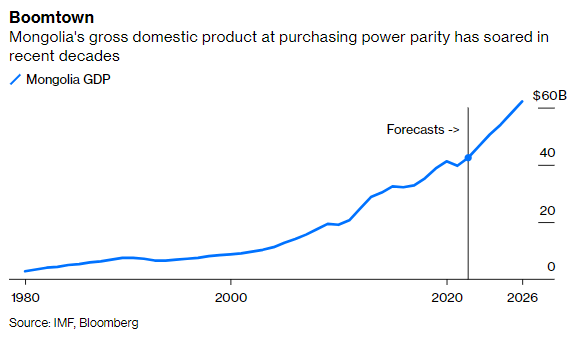
Something I don't think is widely understood is that the U.S. Department of Defence has for generations been one of the single biggest drivers of vaccine development and deployment globally.
Far more important than the Gates Foundation or any pharma company, IMO.
Far more important than the Gates Foundation or any pharma company, IMO.
https://twitter.com/mattyglesias/status/1406255608593014787
This arguably starts with George Washington inoculating the Continental Army against smallpox during the Revolutionary War.
But then later, yellow fever, adenovirus, typhoid, hepatitis A and B, meningococcal, influenza ... the list goes on.
But then later, yellow fever, adenovirus, typhoid, hepatitis A and B, meningococcal, influenza ... the list goes on.
It doesn't really make much sense for private companies to invest in vaccine development because thr business model — one shot and you're protected, ideally for life — is just terrible from a profit point of view.
So it's largely the state and, latterly, philanthropy driving all the breakthrough research.
• • •
Missing some Tweet in this thread? You can try to
force a refresh









